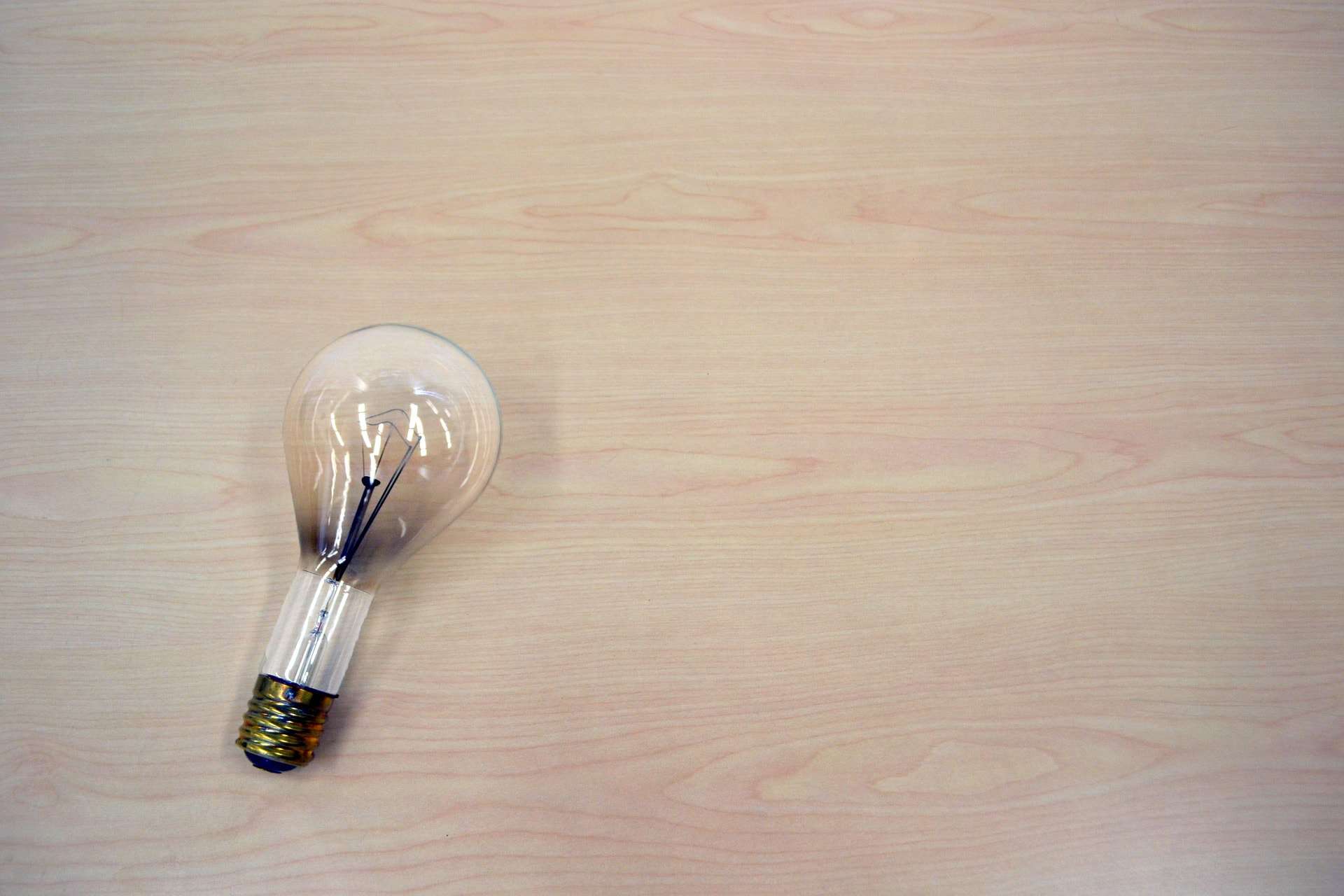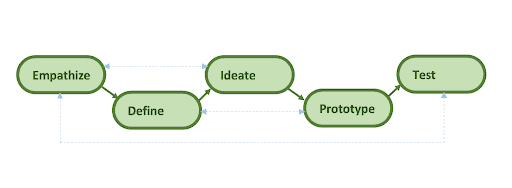Design thinking for better UX
July 16, 2019
It’s a process that relies on a “human-centered” approach to solve complex or unknown problems of products and services that are being offered by a business. The core element of design thinking is “human need” and drives the designer’s “forward-thinking” process for creating a better user experience.
“beauty lies in the eye of the beholder”
Art is beautiful but it also happens to be a point of view subject. Which means what one may find creative and emotion-provoking might be uninteresting to another.
As a business owner, you may have a brand identity with colour, fonts, logos, imagery etc. And when designing a website, you use those elements and expect your audience to notice those values. Now, your audience may or may not have a wide range of demographics, but they certainly can have different points of view. Which means some of them may like the design and some may find it distracting or say the design elements are obstructing them to reach the final goal. When a user is overwhelmed or can’t find what they’re looking for, they will inevitably leave your site.
With “design thinking” we identify such problems before we start working and incorporate human empathy to create visuals that don’t just look pretty but create a good user experience by maintaining various standards such as being AODA friendly, making sure that the experience is welcoming and engaging for the user, and most importantly, that users feel satisfied using your website.
Simple Works Best
Studies have shown that when people are on a website or online application, they care most about how easy it is to reach their goal and less about the visuals.
The idea is to design elements that not only look good but are functional and guide the user to where you want them to go. Making designs that prioritize marketing and branding materials might not communicate the right idea to the user. The experience should be more personalized and design thinking helps to identify how to make graphics or design elements incorporate functionality.
How Design Thinking Works
Design thinking is not a linear process. It has 5 main steps and there can be iterations based on the requirements during testing or finding new problems. The core of the approach remains to be “empathy” and seeing a need from the “user’s point of view”.
Design Thinking Steps
Empathy
The first step is “Empathy”, and in this case, it means to understand the requirements of the user. Seeing from a user’s point of view can dig up the actual problem. Empathy helps identify the problem from an ideal user’s perspective. It helps to know the demographics of the user and have their feedback and expectations documented. This is primary user research where we consider asking specific questions to find out the user’s needs.
Defining
At this stage, the goal is to identify problems based on the needs of the users. There can be iterations between defining a problem and asking more questions to get insights about the problem.
Ideation
Ideation is the stage when the designer starts brainstorming collaboratively to identify the answers to projected user problems. This step is crucial when planning solutions. The ideas are driven from the needs of the user that have been discovered based on research and questions asked. Practicing this approach may identify various solutions to a seemingly complex problem.
For example: A company has bright colours in their logo, and have been using the colour throughout its site in the background and on buttons. From a user’s point of view – they like the colours but placement makes it difficult for them to read the content. The solution could’ve been perhaps using the subtle presence of the brand colours for the users to engage with the website for accessing what they need and identify with the brand at the same time.
Prototype
Here is when the designer starts building wireframes and designs based on the planning done from research and recommendations. It’s important to take the client’s feedback and translate their ideas so that the communication remains transparent. After the designs are complete, the product is built and made ready for testing and if any improvements need to be made, they will happen here.
Testing
The testing phase includes running the website by different users who can judge the website at various levels to see if their needs are being answered. Based on the user testing results, there can be further improvements to make the final product visually appealing and user-friendly.
The 5 steps in design thinking create the foundation of good user experience. This is how we can incorporate the standard practice and apply profound UX principles to a client’s website or online application for engaging with their target audience.


